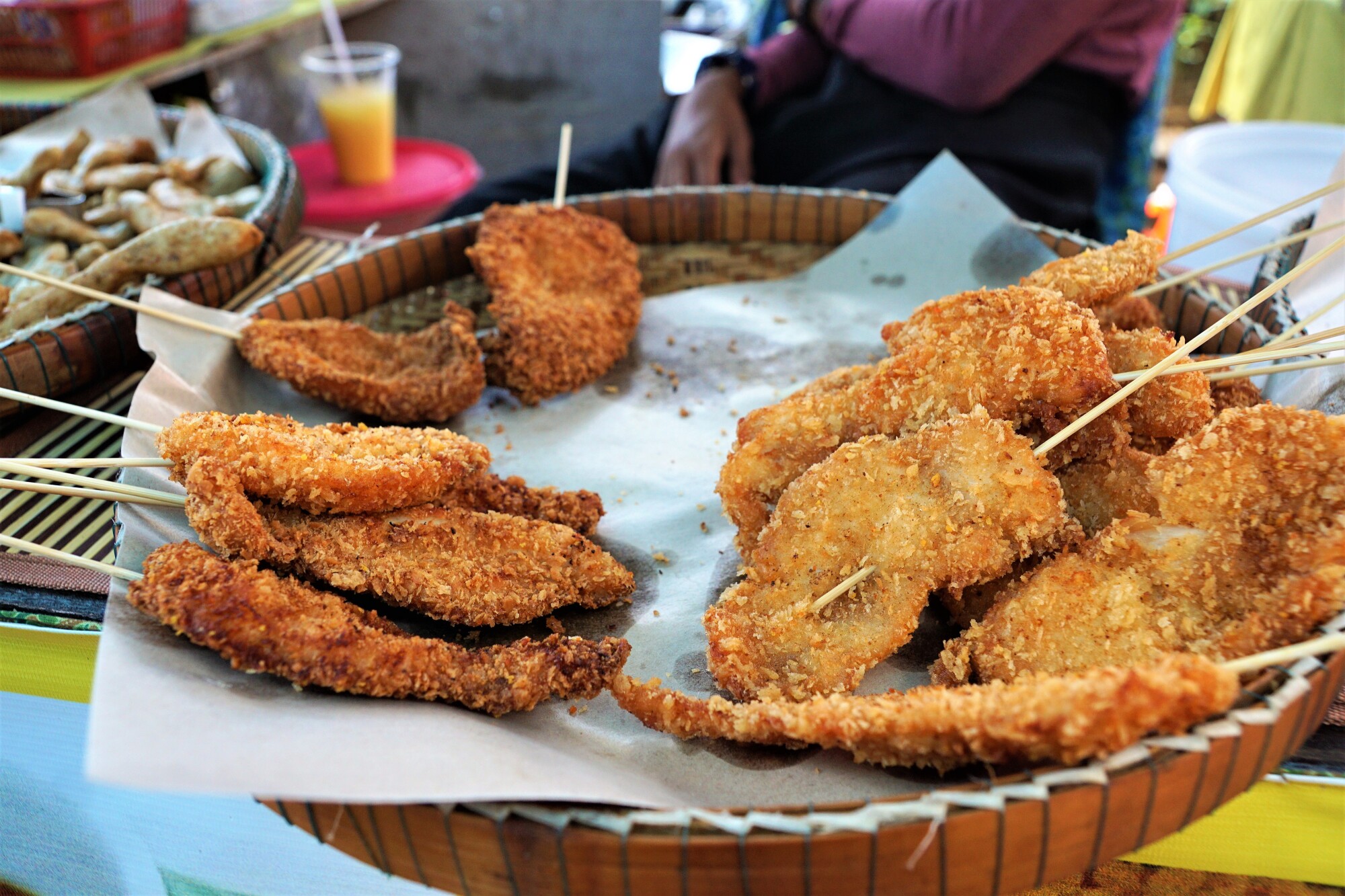
As children, we learn never to waste food. We do our best to reduce the amount of food we throw out, even if now and then we let a spring mix salad go bad in the back of the fridge.
As a society, however, we need to do a much better job. About 40% of food in the United States becomes waste.
Millions of households struggle to put food on the table. Yet, Americans produce over 130 billion pounds of food waste. Read on as we take a more in-depth look into why this happens and what we can do.
Defining the Problem
First, what is food waste? Also known as “food loss,” it refers to food that is not eaten.
Why and how food becomes waste can vary.
The other half of your sandwich that you threw out is food waste. The spoiled food that grocery store has to discard is another form.
Production Level
Long before your food found its way onto your plate, it most likely grew on a farm.
Here, food waste happens when crops are lost. This can occur due to disease, pests, trampling, weather events, and war. Large machinery can upscale production but may result in increased waste.
In the food industry, culling is the process of removing lower quality food from stockpiles. This food is edible but less aesthetically pleasing to consumers. Often, it is discarded as waste.
Restaurants and Markets
Grocery stores, restaurants, and other places where we buy food can be culprits, too.
It is often cheaper for them to purchase food in bulk, even if they can not sell it before it expires. Click here to learn more about how to run a restaurant that is both successful and sustainable.
In 2016, the French people decided to do something to reduce food waste.
They passed laws that made it illegal for grocery stores to throw food away. This incentivizes business owners to be more responsible.
At Home
Sometimes, change begins with the person in the mirror. Food waste statistics show that much of it happens at the consumption level, especially in developed nations.
We need to stop throwing food away or letting it go bad. This requires us to better plan what we buy and what we eat. Please remember to eat that half avocado in your fridge before it turns black.
Also, you have to power to inform not only yourself but others. Talk to friends and family about food waste. Share information on social media and petition your elected officials to help end food waste in America.
A Future Without Food Waste
Just finishing the food on our plates isn’t enough to solve the problem of food waste—we need better food waste solutions.
We have to consider the way we purchase and store food. We must find a way to get others to take responsibility and do their part.
Stay up to date with world events and technology by checking out the rest of our blog for more articles.